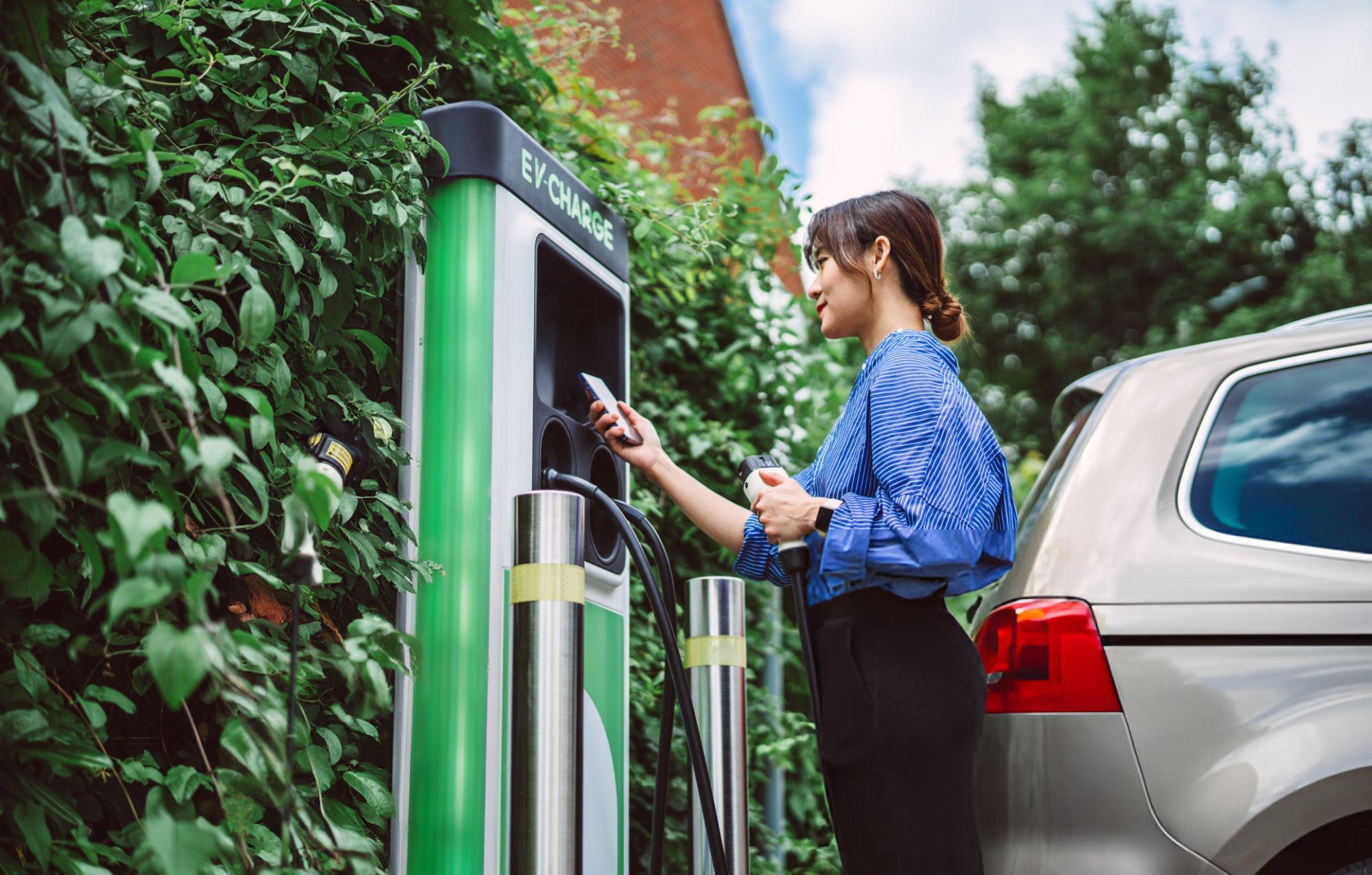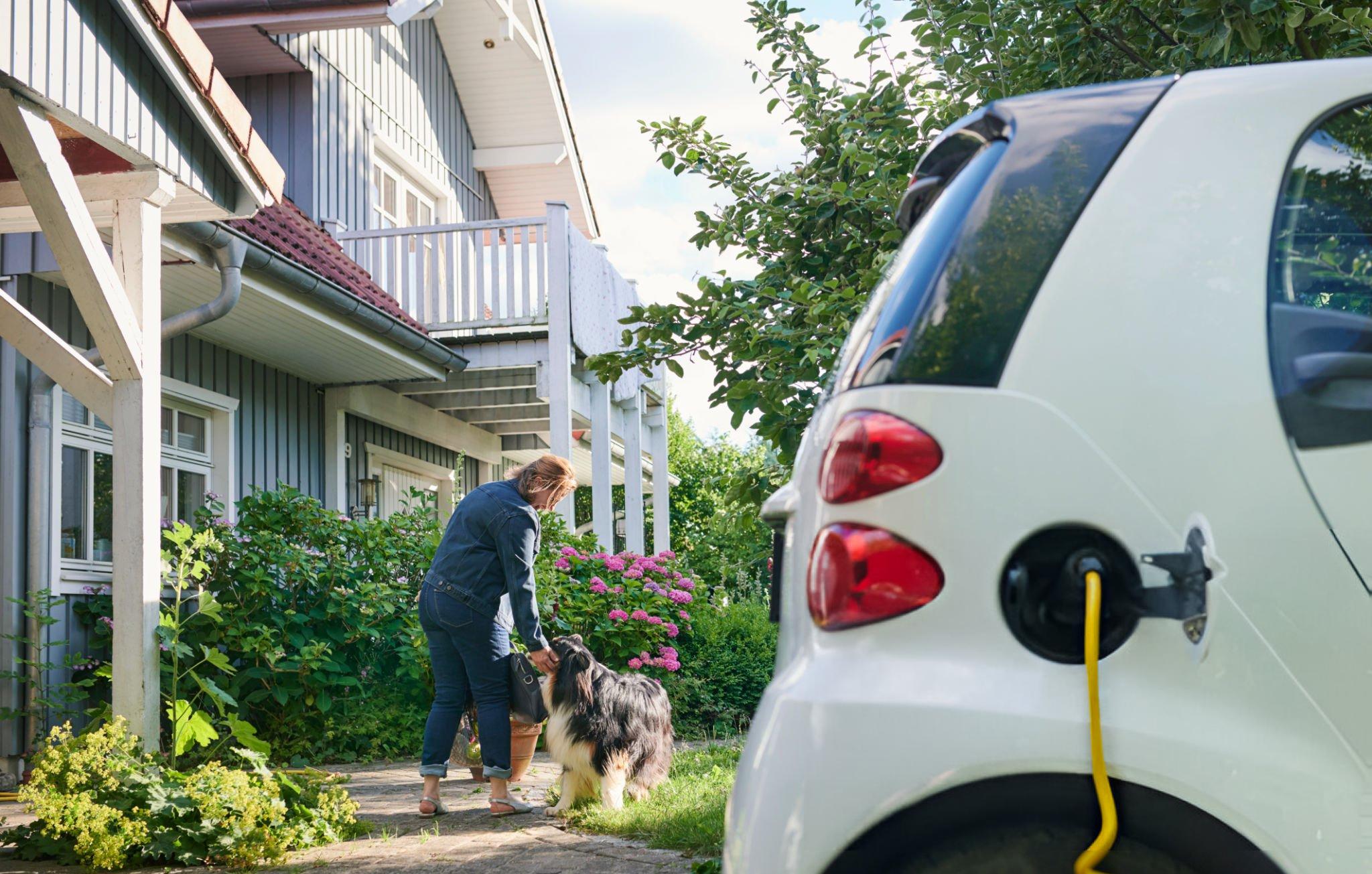Understanding EV Charging Levels
EV Charging Basics: Understanding Level 1, Level 2, and DC Fast Charging
In recent times, one cannot ignore the growing shift towards electric vehicles (EVs). More and more people are embracing this cleaner mode of transportation. As the demand for EVs surges, understanding how to charge them becomes a topic of great interest. Charging an electric vehicle is an important part of the whole EV experience and isn't as tricky as it might seem at first glance. Yet, with terms like Level 1, Level 2, and DC Fast Charging, it can sound a bit overwhelming.
Getting to grips with these levels of charging isn't just for the tech-savvy among us. Whether you're considering an EV for your next car or you're already a proud owner, understanding these basics helps ensure a smooth and efficient journey. We’ll guide you through each charging level so you can make choices that best suit your lifestyle and charging needs.

The Basics of EV Charging
Electric vehicle charging can be thought of as refuelling your car with electricity instead of gasoline. This is the process that powers your vehicle's battery, propelling you forward with less impact on the environment. Charging your EV is key to keeping it ready for the road whenever you need it.
There are three main types of EV charging: Level 1, Level 2, and DC Fast Charging. These aren't just arbitrary labels. They represent different speeds and methods of charging that support different driving habits and schedules.
1. Level 1 Charging
2. Level 2 Charging
3. DC Fast Charging
Each option meets different needs, offering flexibility depending on how and where you drive. Many drivers end up using more than one type depending on the day or setting.
Level 1 Charging
Level 1 charging is the most basic method. When you bring home a new electric vehicle, this is often the default method that many start with. It uses a standard 120-volt AC outlet, similar to what you'd use for most household appliances. This makes it quite accessible, since no special installation is usually needed.
While Level 1 is the slowest charging option, it has its perks for those who tend to drive less or have shorter commutes around the city. A full charge overnight can often provide enough power for a day’s travel.
Advantages of Level 1 charging:
- Easy to set up with existing home outlets
- Low installation costs since it requires no additional equipment
- Suitable for overnight charging when time is not a concern
For those who often travel longer distances or have irregular schedules, Level 1 might not offer the speed needed. If you just need a small top-up and have the luxury of time, Level 1 will do just fine. But for more demanding needs, faster charging methods may be worth considering.
Level 2 Charging
Level 2 charging is the next step up. It uses a 240-volt outlet, like what’s used for heavy-duty appliances such as a clothes dryer. With the right setup, Level 2 can cut down the charging time significantly compared to Level 1. You’ll often see these stations in public areas and some workplaces. Many EV owners also have them installed at home.
For people who drive longer distances daily or have tight schedules, Level 2 offers a more practical solution. It gives a quicker turnaround, helping drivers avoid waiting long hours to charge.
Advantages of Level 2 charging:
- Faster charging speeds mean less waiting
- Conveniently installed at home or available in public spaces
- Great for daily commuters and longer-distance drivers
This kind of charging might need a little prep work. You’ll likely need to consult an electrician to see if your electrical system can support the additional load. Think of it as preparing your home for a new appliance. It’s a bit more work but worth the comfort and peace of mind.

DC Fast Charging
DC Fast Charging takes it up another notch. This method uses a direct current connection and skips the vehicle’s onboard charger. It delivers electricity straight to the battery. Think of this as a quick pit stop. It's the most time-saving way to charge when you're in a hurry or on a long road trip.
These charging stations are usually found along highways or in commercial zones. Some urban charging hubs also include them, giving drivers flexibility during busy days.
Pros and cons of DC Fast Charging:
- Extremely fast charging for when you're in a rush
- Perfect for long-distance drives and road trips
- Requires special infrastructure and not always suitable for daily home use
Not all EVs support DC Fast Charging, and regular use might place more stress on your battery. That said, it’s an efficient solution when your day runs fast or your travel covers long distances.
Choosing the Right Charging Level for Your Needs
Picking a charging level isn’t just about speed. It depends on how much you drive, where you live, and whether you have access to charging at home or work. Start by asking yourself a few questions:
- How far do I usually drive each day?
- Do I have easy access to a plug at home or in my building?
- Do I take road trips or travel long distances often?
- What is my typical day like, and how fast do I need my car charged?
Here’s a simple way to think about it:
- Daily short trips: Level 1 gets the job done
- Commuting longer distances: Level 2 adds speed and reliability
- Travelling often or driving for work: DC Fast Charging helps manage time better
Your choice might even be a mix of all three. What works on weekdays might not suit weekend errands or road trips. The good news is that charging infrastructure is becoming more available and flexible.
Preparing for Your EV Charging Installation
Before installing any home charging station, there are a few things to work out. Start by figuring out your home's power capacity and finding the right location to install the unit, whether that’s in a garage or outdoors.
Here are the typical steps to get started:
1. Review your vehicle’s charging needs
2. Assess your home’s electrical system
3. Consult with a licensed electrician experienced with EVs
4. Choose a location that offers safe, convenient access
5. Plan for the potential need of a permit or inspection
Working with professionals ensures the installation is done safely and up to code. It can also prevent issues later, especially if you upgrade your EV or switch models in the future.
Plugging into the Future with Confidence
Understanding EV charging levels makes it easier to make practical choices for your day-to-day routine. Whether you drive short distances or you're on the road constantly, finding the right balance between Level 1, Level 2, and DC Fast Charging means less worrying and more driving.
Everyone’s driving needs look a little different. Some folks are fine charging overnight while others need something quicker. But knowing your options and preparing with the right infrastructure can save time and frustration. That peace of mind comes from confident choices and professional support.
Switching to an EV is a big but exciting step. It’s cleaner, quieter, and often more convenient than people expect. With a good plan for charging, your EV experience becomes easier from day one.
Looking to power your EV with confidence in British Columbia or beyond? Let Electric Asset Inc. handle your needs with expertise. Explore our comprehensive EV charging installation services in Vancouver to ensure your charging setup is efficient and reliable. Whether you're at home or on the go, we'll make sure you're always ready to hit the road.



